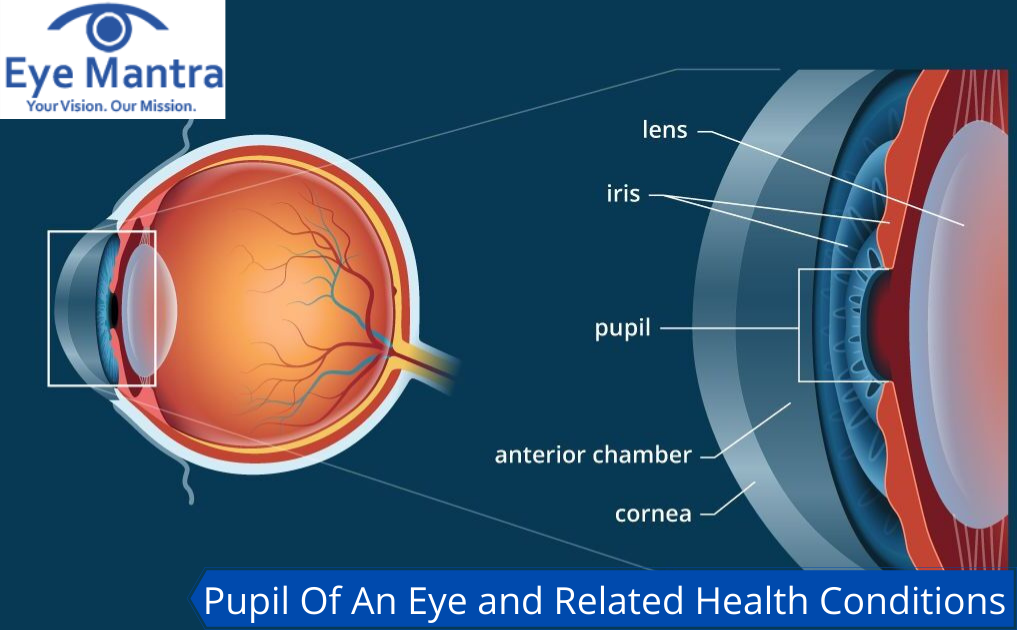Contents
What Is Pupil?
The pupil is a short opening in the eye that governs the amount of light entering the eye. It adjusts its size in accordance with the light.
As seen in the anatomy of the eye, it is a black dot-like opening at the center of the iris (the part of the eye that provides them their color). It is that part of the eye through which the light passes before reaching the eye lens and finally being focused onto the retina.
Generally, both of the pupils of the human eye appear to be perfectly round in shape, equal in size, and black in color. The color of it is black in most of the cases so that the light that passes through it and gets absorbed by the retina and is not reflected back. This ensures complete absorption of the received light and hence the formation of a bright and accurate image of the object.
The size of it is governed by the muscles of the iris commonly known as ciliary muscles. These muscles are responsible for rapid constriction and dilation.
Working together, the iris and the pupil control the amount of light entering the eye. The major function of it is to allow a sufficient amount of light to enter the eye so that it can be focused onto the retina and hence the images of the objects can be perceived easily.
Size of Pupil
The size of it is controlled by muscles within the iris- known as the ciliary muscles- one muscle constricts the pupil (makes it smaller), and another one dilates it (makes it larger).
In poor light conditions, it dilates to allow more light to reach the retina to improve night vision. In bright light conditions, it constricts to limit much light from entering the eye (too much light can cause glare, and may damage the delicate parts of the eye i.e. the lens and retina).In addition to being affected by light, it normally constricts while focusing on an object near to the eye. This is called the accommodative pupillary response.
The size of it usually varies from person to person. Some people have large size pupil sizes while others have small ones. Generally, normal pupil size in adults ranges from 2 to 4 mm in diameter in bright light to 4 to 8 mm in the dark.
The size of the human pupil may also keep on changing due to factors like age. Children and young adults usually have large size of pupils and people of old age have small pupils.
Other factors responsible for the change in the size of it include some eye or body disease, some mental or physical trauma, or other significant abnormalities.
Conditions Affecting Size, Shape, And Color of Pupil
There are several conditions that affect the size, shape, and/or function of the pupil of the eye.
Some of these includes:
Adie’s Tonic Pupil (Adie’s Pupil or Adie’s Syndrome)
This is a condition in which the pupil has nearly no reaction to light and shows delayed reaction to accommodation. Adie’s tonic pupil usually affects only one of the eyes. The pupil of the affected eye is comparatively larger than the pupil of the unaffected eye. The cause of Adie’s pupil is not known; but studies show that it can be caused by trauma, surgery, lack of blood flow, or some sort of infection.
Argyll Robertson Pupil
This is a condition in it doesn’t not reactive to light, but the reaction to accommodation is normal. Argyll Robertson Pupil usually affects both the eyes and hence the size of both the pupils reduces to less than normal. Such a type of condition is rare and the cause is unknown, but it has been commonly associated with diabetic neuropathy.
Marcus Gunn Pupil
Marcus Gunn Pupil is an abnormal result of the swinging-flashlight test where the patient’s pupils constrict less (therefore appearing to dilate) when the light is swung from the unaffected eye to the affected eye. This condition is also called relative afferent pupillary defect or afferent pupillary defect. Its most common cause encountered till now is damage in the posterior region of the optic nerve or some old and severe retinal disease.
Trauma
Any sort of physical trauma affecting the iris is considered to be a common cause of abnormally shaped pupils. Trauma can occur due to complications in eye surgery such as cataract surgery. Response to light and accommodation are not much affected in such cases.
Constriction And Dilation of Pupil
- When our eyes get exposed to bright light, the ciliary muscles make them constrict to limit the amount of light entering the eye. Similarly, when we move to dim light and the pupil dilates hence allowing more light to enter into the eye.
- Parasympathetic nerve fibers are responsible for the constriction of the pupil, whereas sympathetic nerve fibers are the ones that control dilation.
- The aperture of the pupil also shrinks while focusing on close objects and expands for viewing more distant objects. In the case of adults, the size of it may be less than 1mm in diameter and may also increase up to nearly 10 times its maximum dimensions depending upon the object to be viewed.
Health Conditions And Diseases Related To Pupil
Cataract
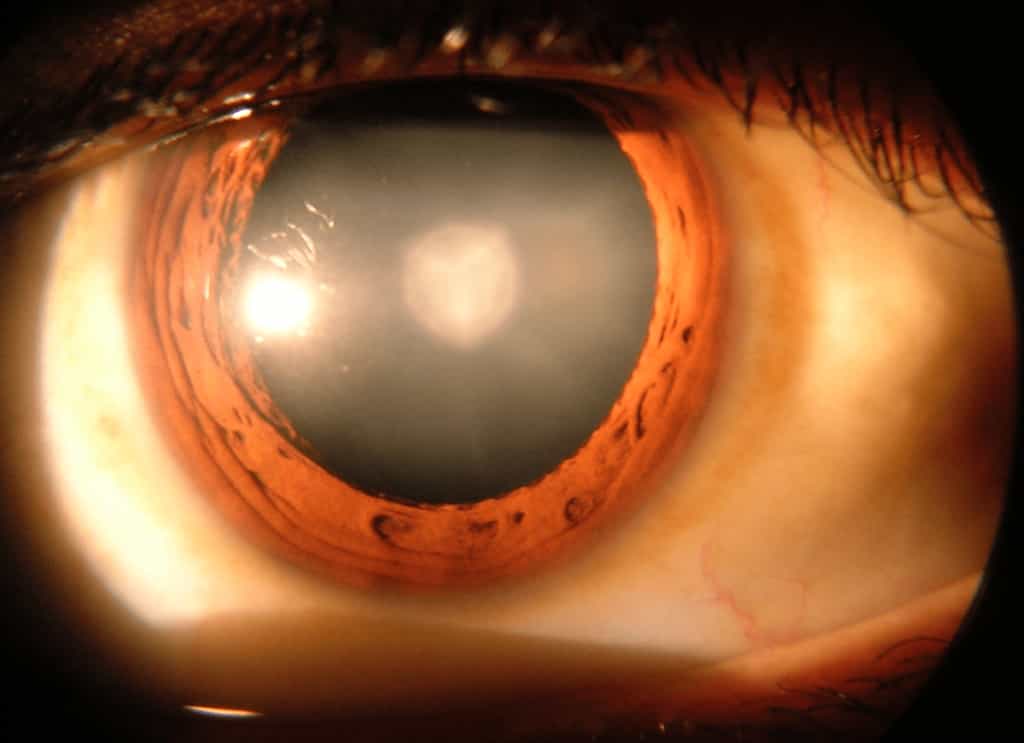
In some cases, it develops a cloudy appearance or pale color. This is because the lens of the eye, which is located directly behind the pupil, becoming opaque. The condition is commonly known as a cataract. In order to, restore the normal black appearance of the pupil and the healthy vision of the person, the cloudy lens is replaced with a clear intraocular lens (IOL) through surgery.
Change In Pupil Color
Another common transient condition with the eye pupil arises when the pupil changes color. When someone clicks your photograph using the flash of a camera, the pupil in the photograph might appear brighter than usual when looked at carefully. Depending on the direction of gaze when the photograph is taken, your pupils might appear bright red. This bright color appears due to the intense light from the flash being reflected by the red color of the retina.
Concussion
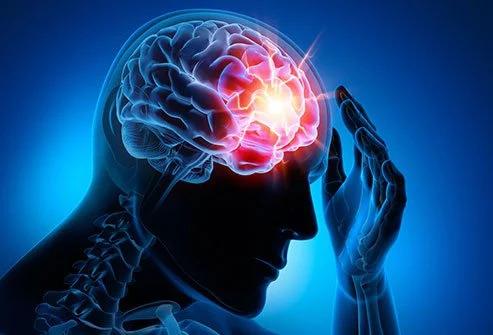
It is a brain injury that occurs due to a hard hit on the skull during a fall, hit on the head, or some fast impact involving the whole body. The major symptom of this injury is that the pupils will get enlarged. One of the rare symptoms is that one pupil may get bigger and the other might get smaller.
Cluster Headache
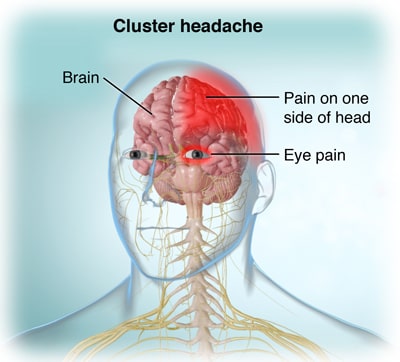
It is an extremely painful headache affecting one side of the face. It comes in intervals; some people may also get eight headaches a day. It may get weeks or months to disappear. Cluster headaches affect the nerve in the face, the pupil, and even our brain. The pupil on the affected side becomes small because the pain caused by such headaches is generally intolerable.
Horner’s Syndrome
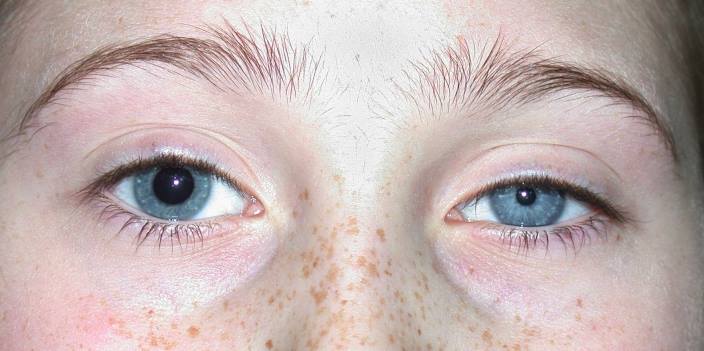
It is a health condition that occurs when the nerve that connects our brain to the face gets injured. This injury leads to the contraction in the size of the pupil. Some of the causes of such conditions are:
- Stroke
- Tumors
- Trauma
This condition also occurs when you have an injury in the blood vessels carrying blood and oxygen to the face and brain or the vessels that carry impure blood from the face and the brain back to the heart.
Pupil Test
During any routine eye exam, the eye doctor inspects and performs testing of the pupil to check if it is functioning properly or not.
For proper results, pupil testing is performed in a room with low light conditions. The eye doctor, after having told you to look at a distant object, will briefly direct a small beam of the flashlight at one of your eyes a few times. It responses of both the eyes are hence recorded.
The doctor will then alternately direct the light at each of your eyes and again observe the pupil responses of both the eyes. The examiner may then turn up the room lights a bit and have you focus on an object held close to your eyes while gradually bringing that object closer to your nose. This test is carried out to check for an accommodative response of it.
A pupil is reported to be abnormal if it fails to-
- Dilate in low light conditions
- Constrict in bright light conditions
The best way to treat your eyes is to visit your eye care professional and get your eyes checked regularly. He will be able to assess the best method of treatment for your eye ailment. Visit our website Eyemantra.To book an appointment call +91- 9711115191. Or mail us at [email protected]. Our other services include Retina Surgery, Specs Removal, Cataract Surgery, and many more.
Related Articles:

